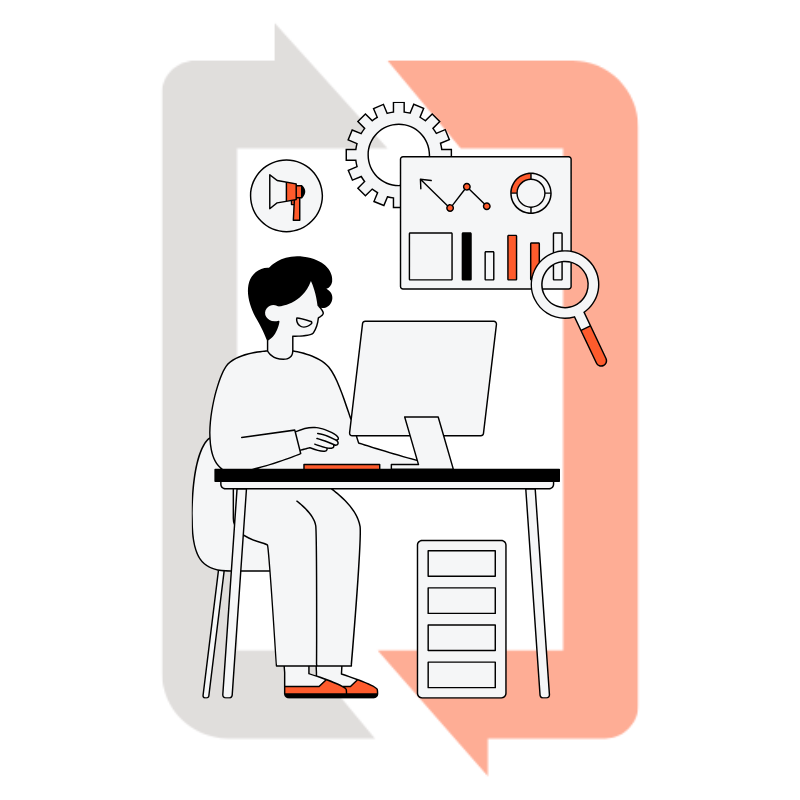AI Implementation Strategies for Small Businesses
Artificial Intelligence (AI) is no longer a futuristic luxury reserved for tech giants. Today, AI tools are affordable, accessible, and highly effective for small businesses looking to save time, cut costs, and improve results. Whether you’re a local service provider, a retail store owner, or a professional consultant, implementing AI can unlock new growth opportunities—if you approach it strategically.
Below, we’ll explore the best strategies for small businesses to integrate AI into their operations for maximum impact.
1. Start with Clear Goals, Not Just Technology
One of the biggest mistakes small businesses make is chasing AI for the sake of having it. AI should always solve a specific business challenge or help you achieve a measurable goal.
Ask yourself:
- Do you want to save time on repetitive tasks?
- Improve customer service response times?
- Increase lead conversions?
- Gain better insight into business performance?
By setting clear objectives, you’ll avoid wasting money on tools you don’t need and focus on those that provide real value.
2. Begin with Low-Risk, High-Reward Use Cases
Small businesses don’t need to overhaul their entire workflow overnight. The smartest approach is to start with AI applications that are easy to implement and have immediate benefits.
Common starting points include:
- Customer service chatbots to handle common questions
- Automated social media posting with AI-driven scheduling tools
- Email marketing personalization for better open and click-through rates
- AI-powered design tools for quick, professional graphics
These are relatively low-cost, easy-to-test solutions that can start delivering results in weeks.
3. Leverage AI for Customer Insights
Understanding your customers is essential to growth, and AI can analyze patterns you might miss.
With AI-driven analytics tools, you can:
- Identify which products or services are most profitable
- Track customer buying habits
- Segment audiences for personalized offers
- Predict seasonal demand
This data-driven approach allows you to make more informed decisions and tailor your marketing for higher impact.
4. Use AI to Automate Repetitive Tasks
Repetitive admin work is a productivity killer. AI can handle many of these tasks for you, freeing up time for strategy and growth.
Examples include:
- Automating appointment booking and reminders
- Generating reports from your CRM or accounting software
- Processing invoices and expense categorization
- Transcribing meeting notes with AI transcription services
Every task you automate is time you can redirect toward higher-value activities.
5. Enhance Marketing with AI
Marketing is one of the easiest and most rewarding areas for small businesses to apply AI. Today’s tools can help with:
- Writing blog posts, ad copy, and email content
- Analyzing ad performance to suggest improvements
- Testing different headlines or images for conversion rates
- Creating targeted ad audiences based on behavior and demographics
With AI, you can create more effective campaigns in less time and with less guesswork.
6. Keep a Human Touch
AI should enhance—not replace—human connection. Customers still value authentic relationships, so balance automation with personal engagement.
For example:
- Use AI to draft customer emails, but add a personal note before sending
- Let chatbots handle FAQs, but offer an easy way to reach a real person
- Automate social media posting, but respond personally to comments and messages
This balance helps you scale without losing the human touch that makes small businesses special.
7. Choose Scalable Tools
When selecting AI software, think long-term. Pick tools that can grow with your business and integrate with other systems you use.
Look for:
- Flexible pricing models
- Strong customer support
- Easy integration with CRMs, payment systems, or e-commerce platforms
- Regular updates and feature improvements
This way, you won’t have to start from scratch when your needs expand.
8. Train Your Team
AI is only as effective as the people using it. Even the most advanced tools won’t deliver results if your team isn’t confident in how to apply them.
Offer:
- Short training sessions
- Step-by-step guides
- Ongoing support for troubleshooting
Encouraging experimentation and feedback will help your team embrace AI instead of resisting it.
9. Stay Informed on AI Trends
The AI landscape changes fast, and new tools emerge constantly. Staying informed helps you identify opportunities early and stay competitive.
Ways to keep up:
- Subscribe to AI newsletters for small businesses
- Attend webinars or industry events
- Follow AI thought leaders on LinkedIn or YouTube
- Join small business communities that share AI use cases
By staying informed, you’ll be able to adapt quickly and take advantage of new technologies before your competitors do.
10. Measure and Adjust
AI implementation isn’t “set it and forget it.” Continuously monitor results against your initial goals to see what’s working and where adjustments are needed.
Track metrics such as:
- Time saved per task
- Cost reductions
- Sales growth or lead conversions
- Customer satisfaction scores
Use this feedback loop to fine-tune your AI applications and expand into new areas with confidence.
Final Thoughts: AI as a Growth Partner
For small businesses, AI isn’t about replacing people—it’s about empowering them. The right AI strategies can help you save time, serve customers better, and grow more profitably.
Start small, focus on solving real problems, and scale as you see results. With a thoughtful approach, AI can become one of your most valuable business partners.











